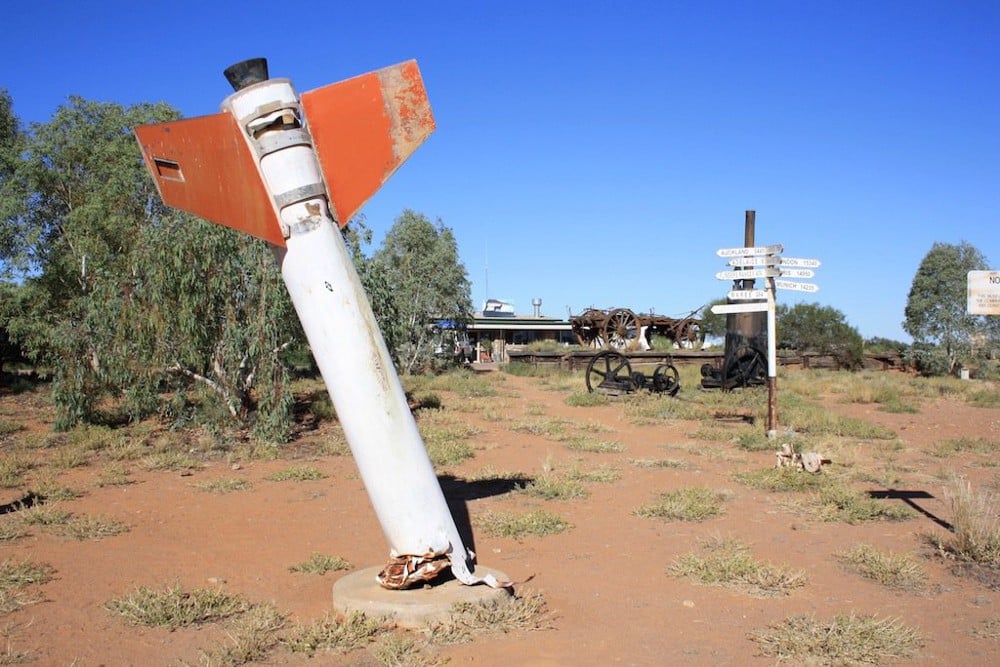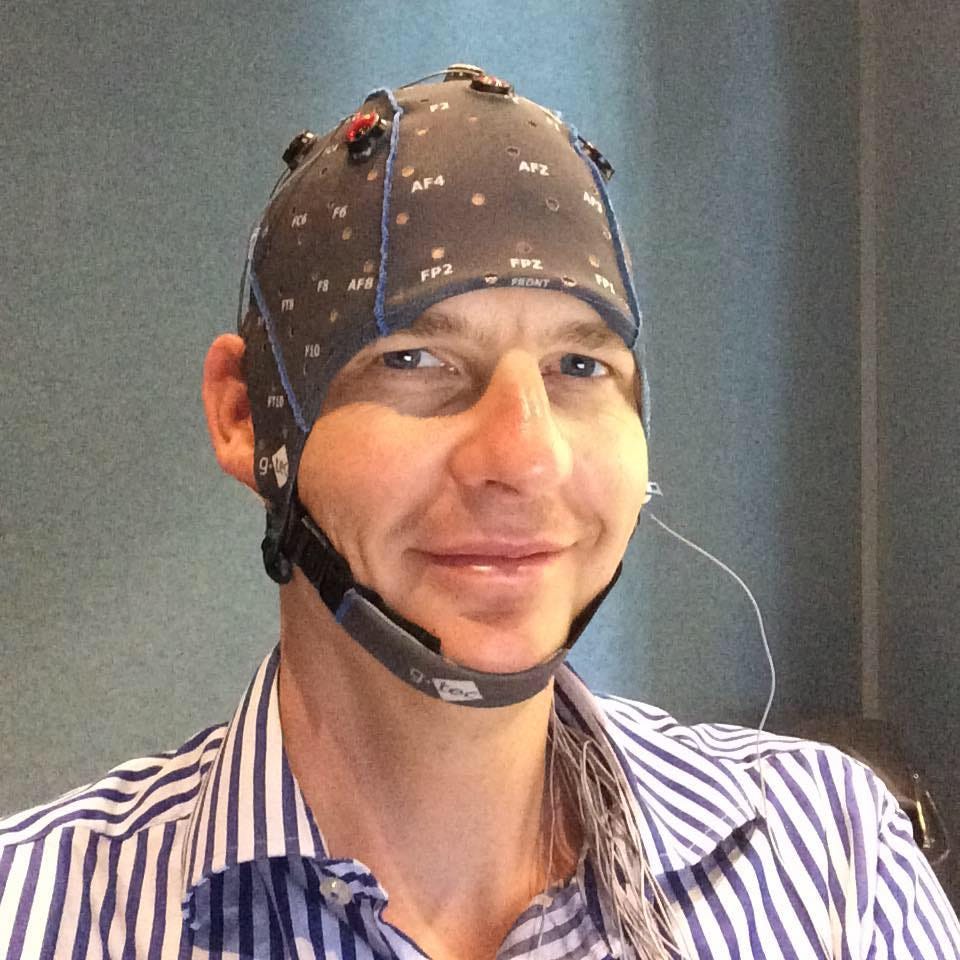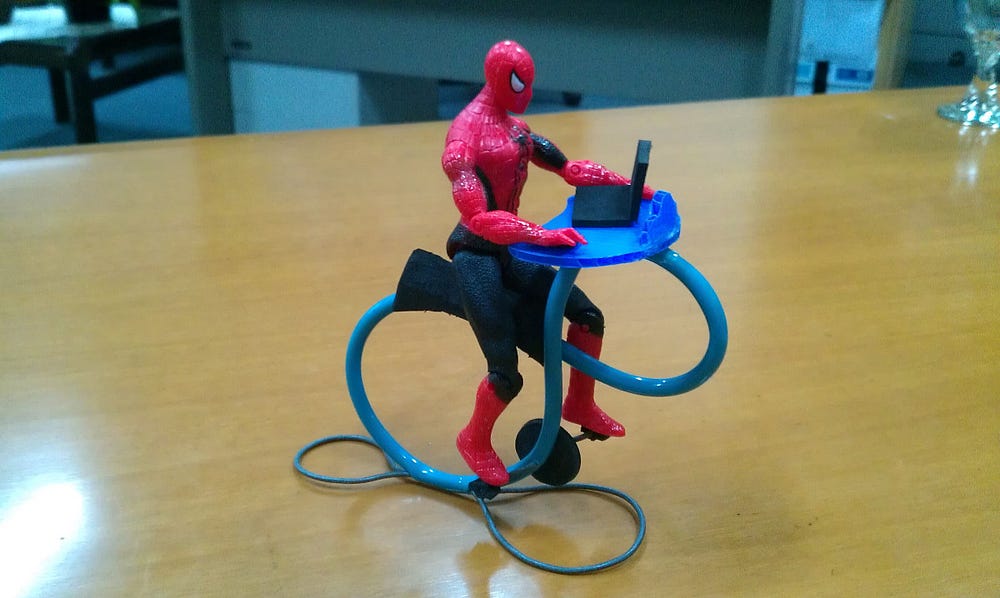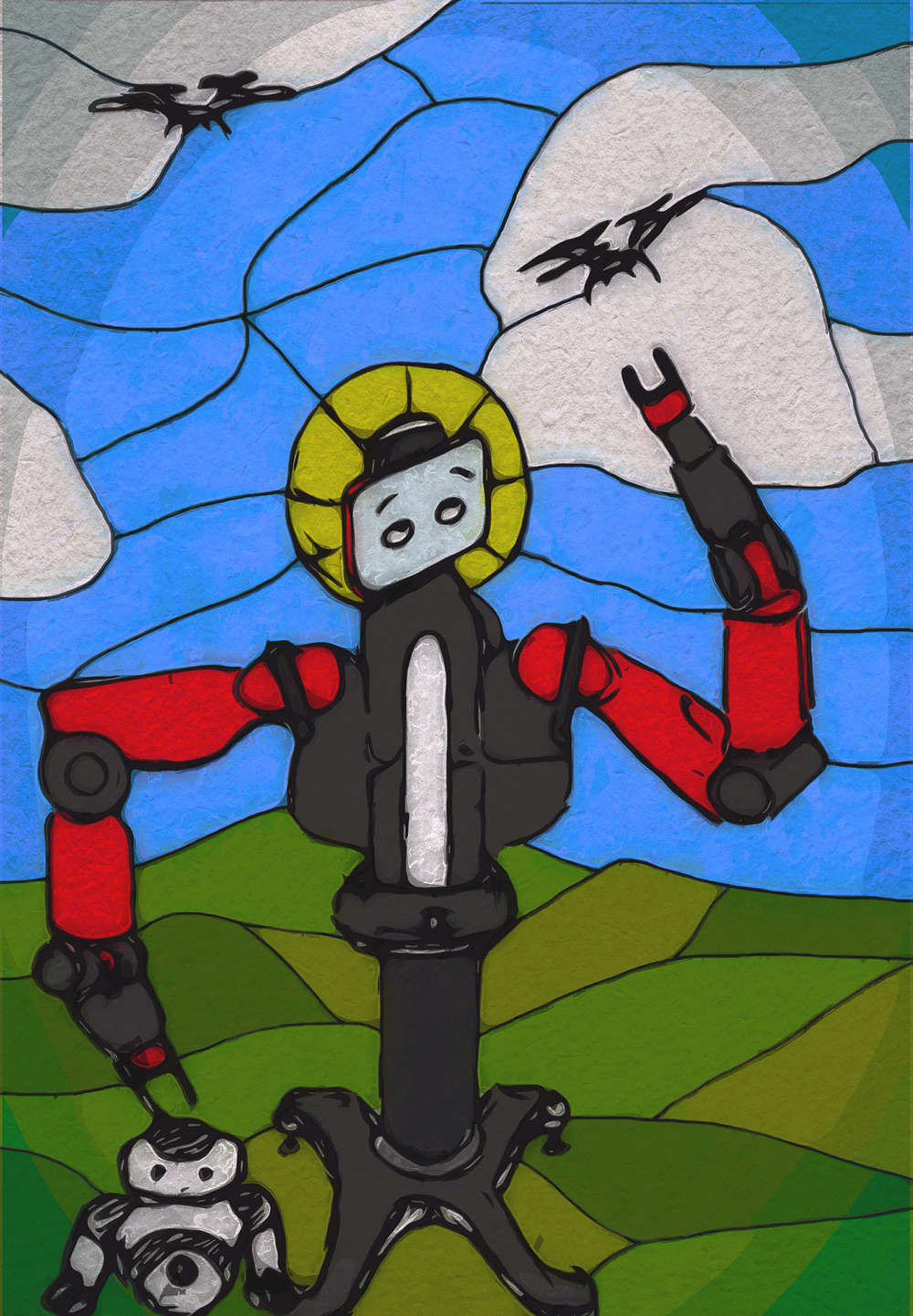Posted 3 Oct

(and lessons learnt)
During my undergraduate degree in biology, I was taught how to communicate science using the standard essay format: Introduction-Hypothesis-Method-Discussion-Conclusion. It was a beautiful skill to learn and one which put me in good stead for my honours and PhD. I found out the hard way however that it was not the way to communicate to a broader non-technical audience.
My first lesson came when a TV channel came into the lab for an interview about my research. I nervously rambled on about hypotheses and methods, while the interviewer kept telling me over and over to simplify things. I eventually gave up and stormed off. They ended up using about five words from me.
After my undergrad, I was immersed for almost five years in an honours and PhD project about which I was passionate — electrical brain changes during Buddhist concentrative meditation. I found people were genuinely interested when I talked to them about my research, and so I quickly learnt which words and phrases made people glaze over and which ones piqued their interest. I have never been comfortable telling stories (it actually used to annoy me how important storytelling was for communication) but after realising it was the only way to make certain progress, I soon learnt how. This was a different way of telling a story to the one I had honed with my colleagues and supervisors. Both ways require facts, however, stories for the public need a few more bells and whistles, e.g., humour, playfulness, and personal elements.

Giving presentations to accomplished scientists throughout my postgrad was always nerve-wracking, so during my PhD I started up a student-only seminar group and began to have some fun with how I talked about science. The talks were playful, humorous, involved music from Led Zeppelin and Barney (yes, the purple dinosaur), and covered the neuroscience of topics like sex, drugs, music, religion, love, and placebos. After enjoying these seminars, I began to explore other ways to tell stories of science, e.g., using film (https://vimeo.com/24159600), blogs, and art. I also started tinkering and making things to share with my nephews such as a velvet hand illusion, Hero’s steam engine and a high-powered water rocket.
In early March 2013, I began work as an AVID volunteer at PPIPTEK, Indonesia’s National Science Centre based in Jakarta, designing exhibits for their upcoming climate change exhibition. Despite my growing interest in science communication, I had no idea the impact that working at PPIPTEK would have on me. It was my first taste of an intoxicating combination: researching scientific discoveries and from there, creatively designing a memorable educational experience.

Over the last year and a half I have worked for SciWorld developing and performing shows and workshops from neuroscience to Science Magic. It is one thing to joke around with fellow students in a seminar room and quite another to laugh at yourself in front of 500 school students when a science demonstration epically fails. Nonetheless, every failure (and success) provided me with many unique chances to develop my skills in public performing and communicating science to a young audience.

If I was asked to design my ideal job, I’m not sure I could have done my current position justice. I work for MOD., a futuristic museum of discovery as research liaison and member of the exhibitions team. I now immersive myself daily in that heady mix that I tasted years ago in Jakarta, and look forward to learning my next lesson.
